NASA telescopes track asteroid speeding towards Earth! Know speed and how close it will get
An asteroid could make a very close approach to Earth today, May 17, NASA has warned. Will it cause any damage? Know its speed, distance and size.
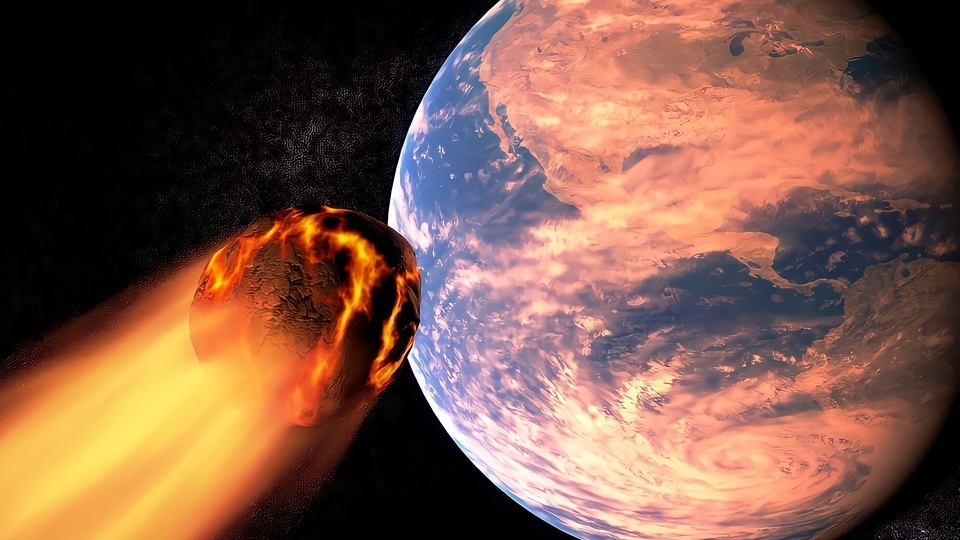
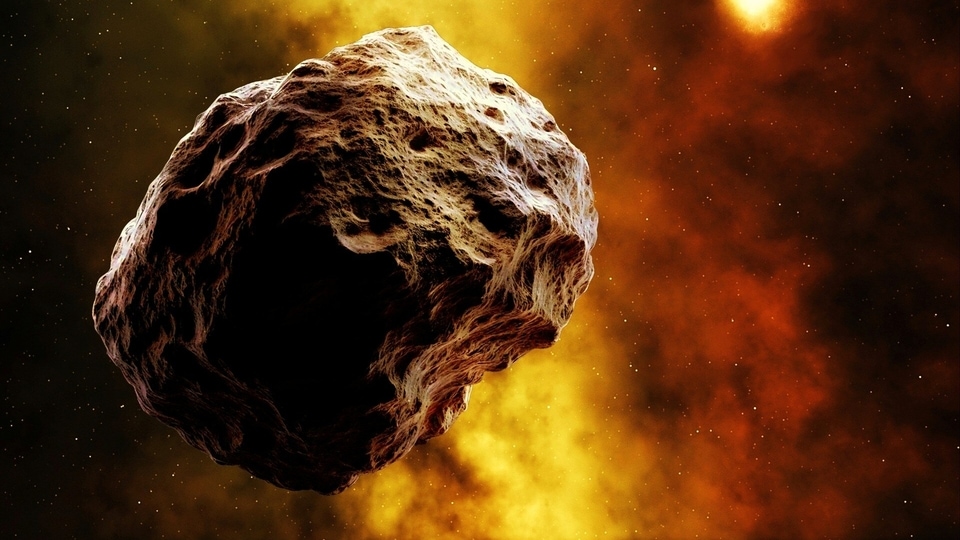
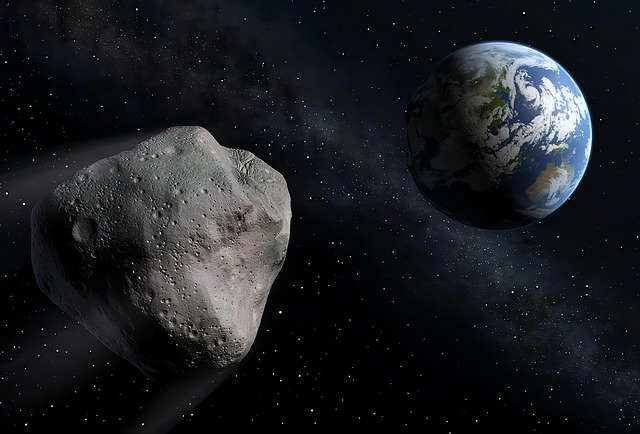

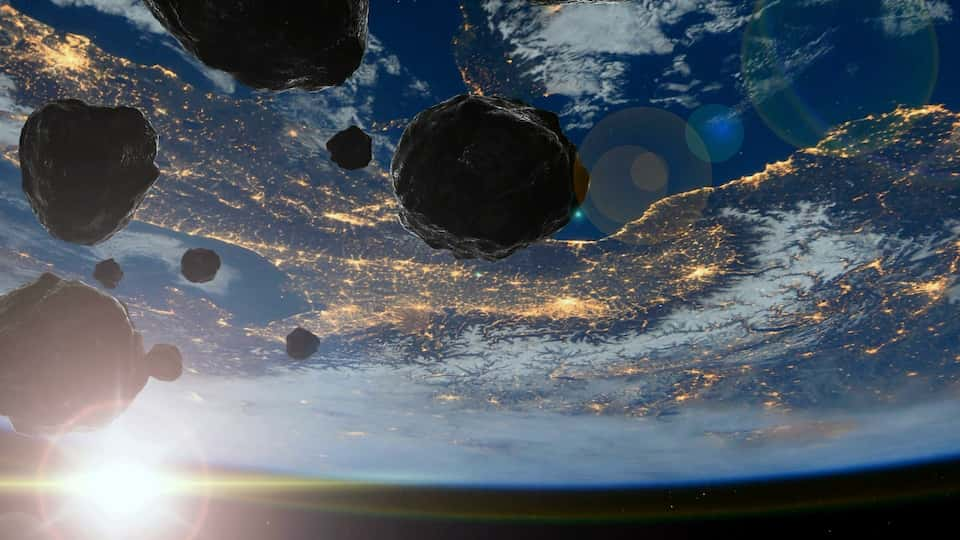
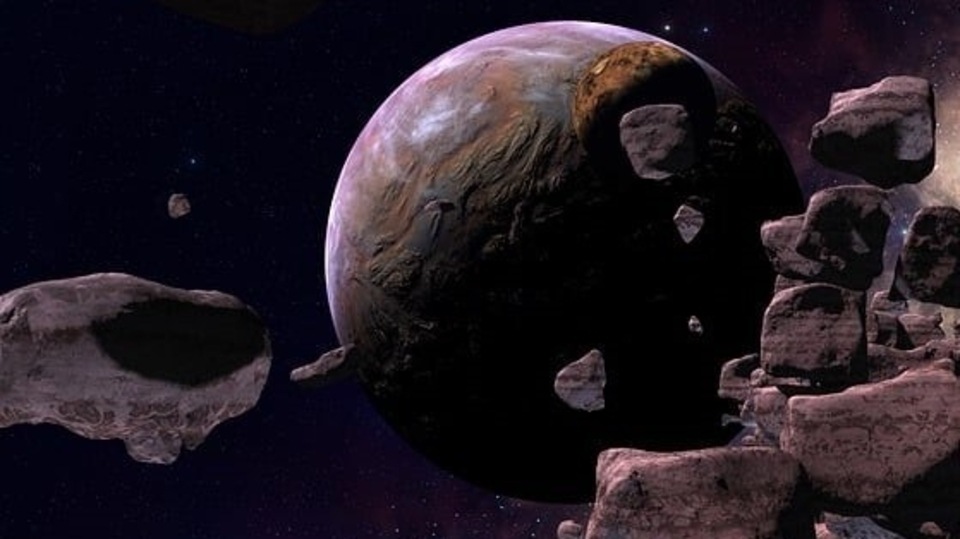

 View all Images
View all ImagesWant to seek out asteroids in space and help NASA keep track of them? NASA has a new Daily Minor Planet Project live, through which, astronomers and skywatchers can help the space agency discover new asteroids and track them in new data sets. But why do we need to track them? According to NASA, some of these ancient space rocks present a potential threat of collision with Earth while others can be helpful in discovering secrets of space. Although asteroids are located far away in space, mainly in the asteroid belt, they often make close approaches to Earth, passing the planet at close distances.
NASA has now issued an alert about an asteroid that is set to make its closest approach to Earth today.
Asteroid 2023 JC3 details
NASA, with the help of its advanced tech instruments such as satellites and telescopes, has issued an alert against an asteroid designated as Asteroid 2023 JC3. This space rock is already on its way towards Earth at a staggering speed of 48430 kilometers per hour and is expected to pass the planet at a distance of 4.9 million kilometers today, as per NASA.
NASA has not designated this asteroid as a “Potentially Hazardous Asteroid” due to its relatively small size. At a width of 63 feet, this asteroid is almost as big as a house. But despite this, it could still potentially cause some damage, especially if it comes very close to the planet.
It is important to note that a similar-sized asteroid caused major damage in Russia nearly a decade ago. The asteroid which exploded over the city of Chelyabinsk was just 59 feet wide. When it exploded, it damaged nearly 8000 buildings and left over 1000 people injured.
NASA's asteroid tracking tech
NASA tracks asteroids using a combination of ground-based and space-based telescopes. The NASA-funded Asteroid Terrestrial-impact Last Alert System (ATLAS), scans the night sky for moving objects and reports any potential asteroid detections, while some space-based observatories use infrared sensors to detect asteroids and their characteristics. Some of these include the Wide-field Infrared Survey Explorer (WISE) and the NEOWISE mission.
Catch all the Latest Tech News, Mobile News, Laptop News, Gaming news, Wearables News , How To News, also keep up with us on Whatsapp channel,Twitter, Facebook, Google News, and Instagram. For our latest videos, subscribe to our YouTube channel.





























